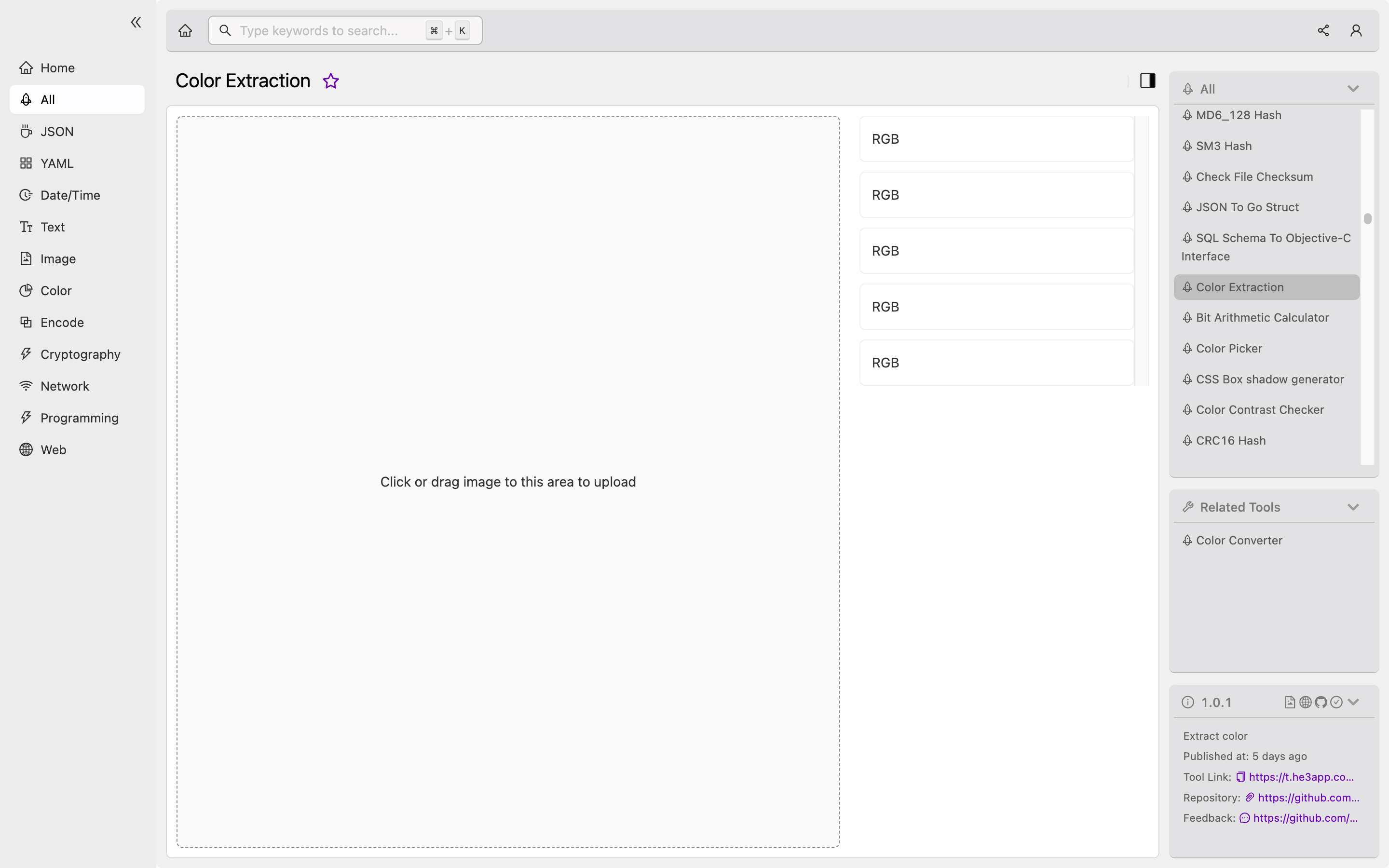Exploring Color Extraction for Developers
Color is a crucial aspect of design, and as developers, we often need to manipulate and analyze images to extract meaningful data. This is where color extraction comes in - a technique used in image processing and computer vision to extract color information from images. In this article, we’ll explore the concept of color extraction, how it works, and scenarios where it can be useful for developers.
What is Color Extraction?
Color extraction is the process of analyzing an image to identify and extract its dominant colors. It can be used to simplify an image’s color palette, create color schemes, or detect specific colors for further processing. Color extraction is commonly used in image editing software, web design, and data visualization.
To extract colors from an image, we first need to convert it to a color model such as RGB, HSV, or LAB. Once in this format, we can apply algorithms to identify the most significant colors, which are usually the most frequently occurring. These colors can then be used for various tasks, such as creating color palettes or identifying objects with specific colors.
Implementing Color Extraction
Implementing color extraction in your projects can be done using various programming languages and libraries. For example, in Python, the Pillow library provides tools for image manipulation and color analysis. The following code demonstrates how to extract the dominant colors from an image using Pillow:
from PIL import Image
from sklearn.cluster import KMeans
import numpy as np
# Load the image and convert it to an array
image = np.array(Image.open('image.jpg'))
# Reshape the array to fit the KMeans model
pixels = image.reshape((-1, 3))
# Apply KMeans clustering to identify the dominant colors
kmeans = KMeans(n_clusters=5, random_state=0).fit(pixels)
colors = kmeans.cluster_centers_.astype(int)
# Print the RGB values of the identified colors
for color in colors:
print(f"({color[0]}, {color[1]}, {color[2]})")This code uses the KMeans clustering algorithm to identify the five most significant colors in an image, and then outputs their RGB values.
Or you can use Color Extraction tool in He3 Toolbox (https://t.he3app.com?9nxq ) easily.

Scenarios for Developers
Color extraction can be useful in various scenarios for developers. Here are some examples:
-
Image editing: Color extraction can be used to simplify an image’s color palette, making it easier to edit or apply filters.
-
Web design: Extracting the dominant colors from an image can help create a color scheme that complements the image or provide a consistent color palette for a website.
-
Data visualization: Identifying the dominant colors in an image can help visualize specific data points, such as representing different categories with different colors.
Key Features
| Feature | Description |
|---|---|
| Color models | Supports various color models, such as RGB, HSV, and LAB |
| Algorithms | Provides algorithms for identifying dominant colors, such as KMeans and DBSCAN |
| Customization | Allows customization of the number of colors to extract and the algorithm parameters |
| Integration | Can be integrated with various programming languages and libraries |
Misconceptions and FAQs
What is the difference between color extraction and color quantization?
Color extraction and color quantization are similar concepts, but they have different goals. Color extraction aims to identify the most significant colors in an image, while color quantization aims to reduce an image’s color palette by mapping similar colors to a single color value.
Can color extraction be used for video processing?
Yes, color extraction can be applied to video frames to identify the dominant colors in each frame. However, this can be computationally expensive, especially for high-resolution videos.
In conclusion, color extraction is a useful technique for developers working with images or computer vision applications. It can be used to simplify an image’s color palette, create color schemes, or identify specific colors for further processing. With the right tools and algorithms, color extraction can be easily integrated into your projects and provide valuable insights into image data.
References:
